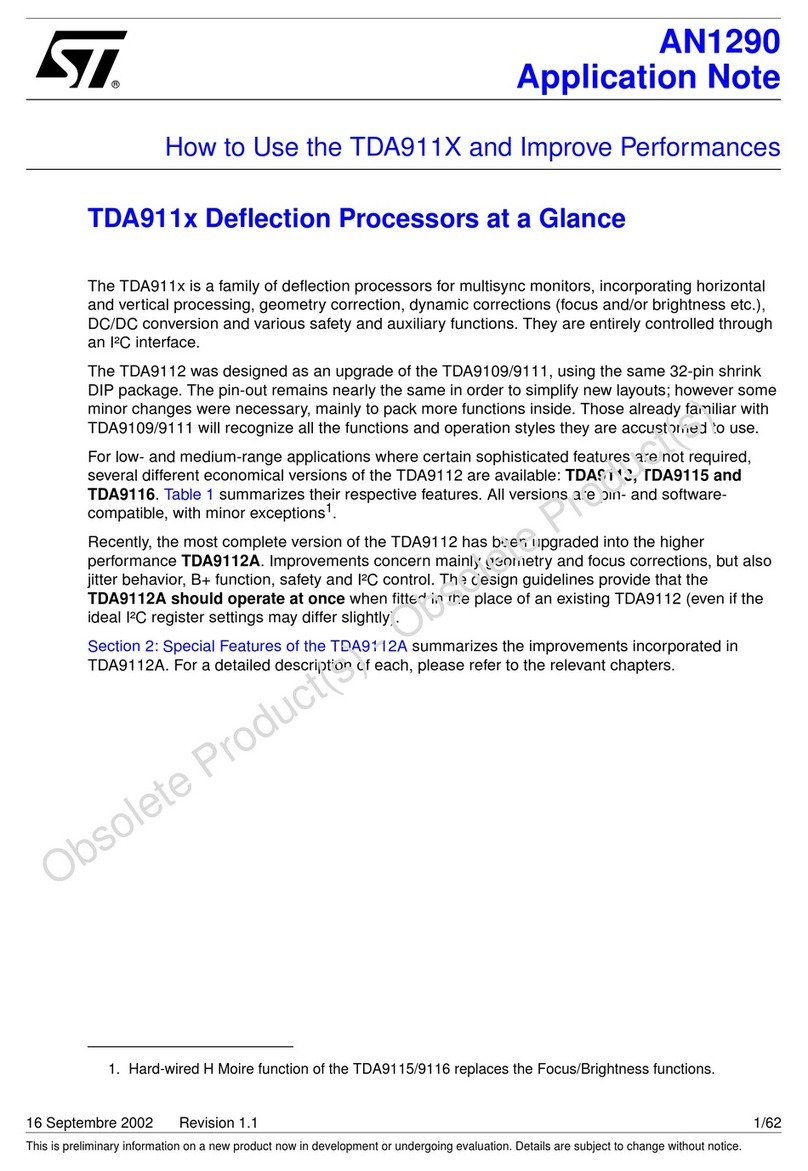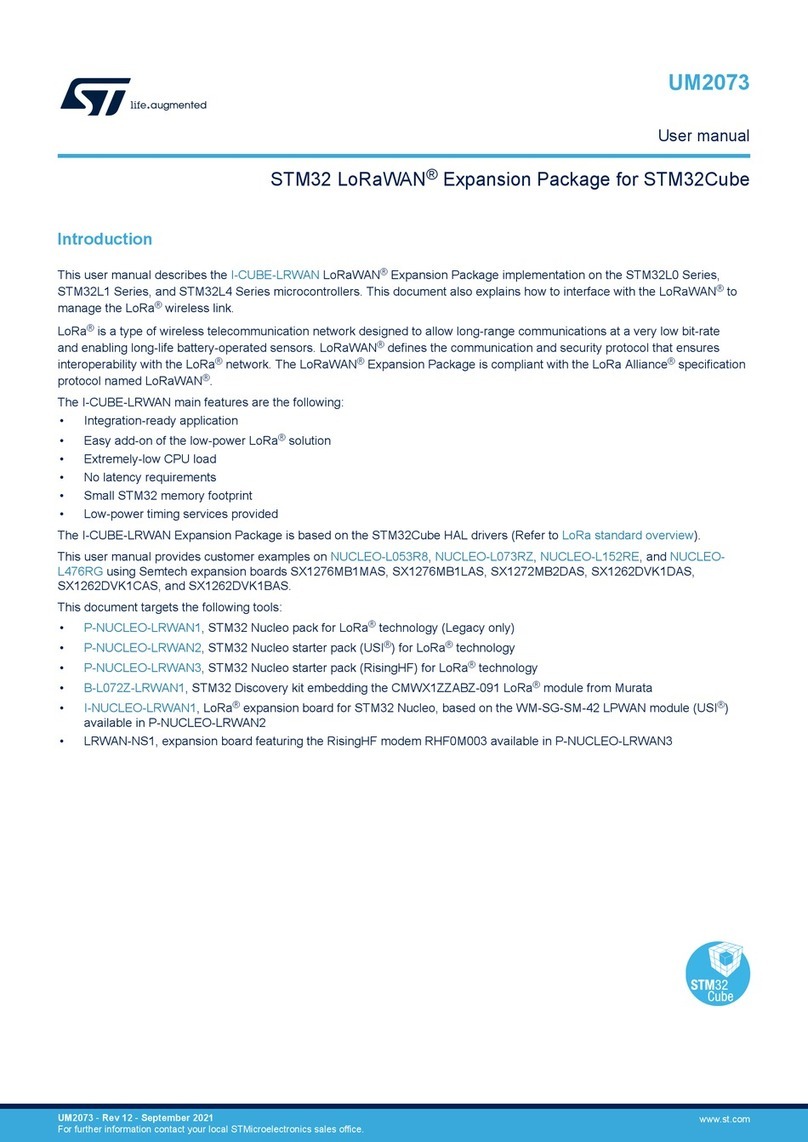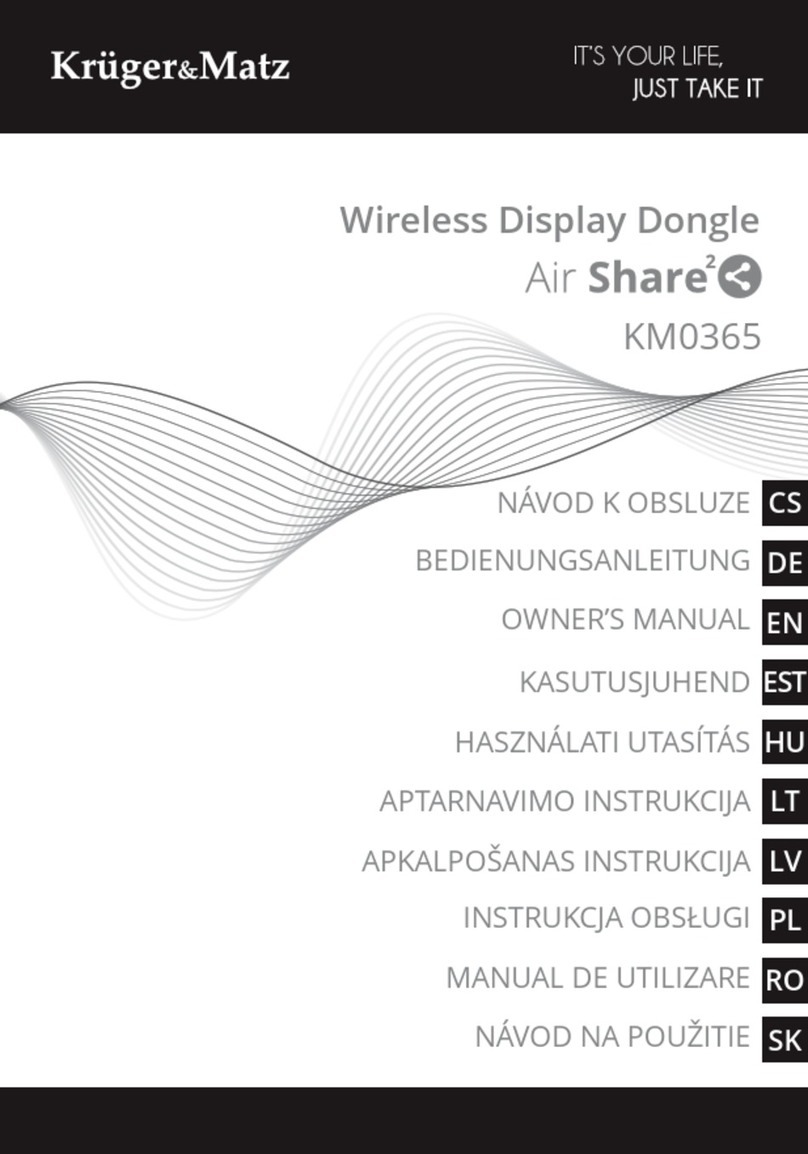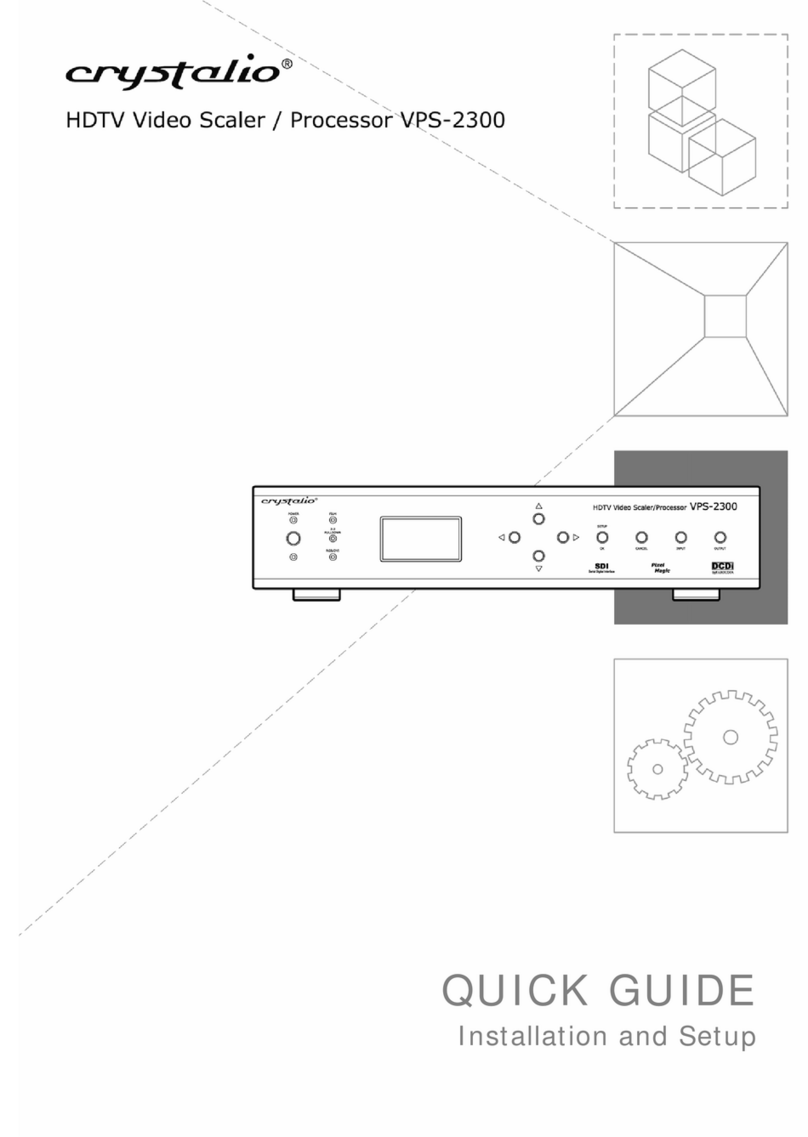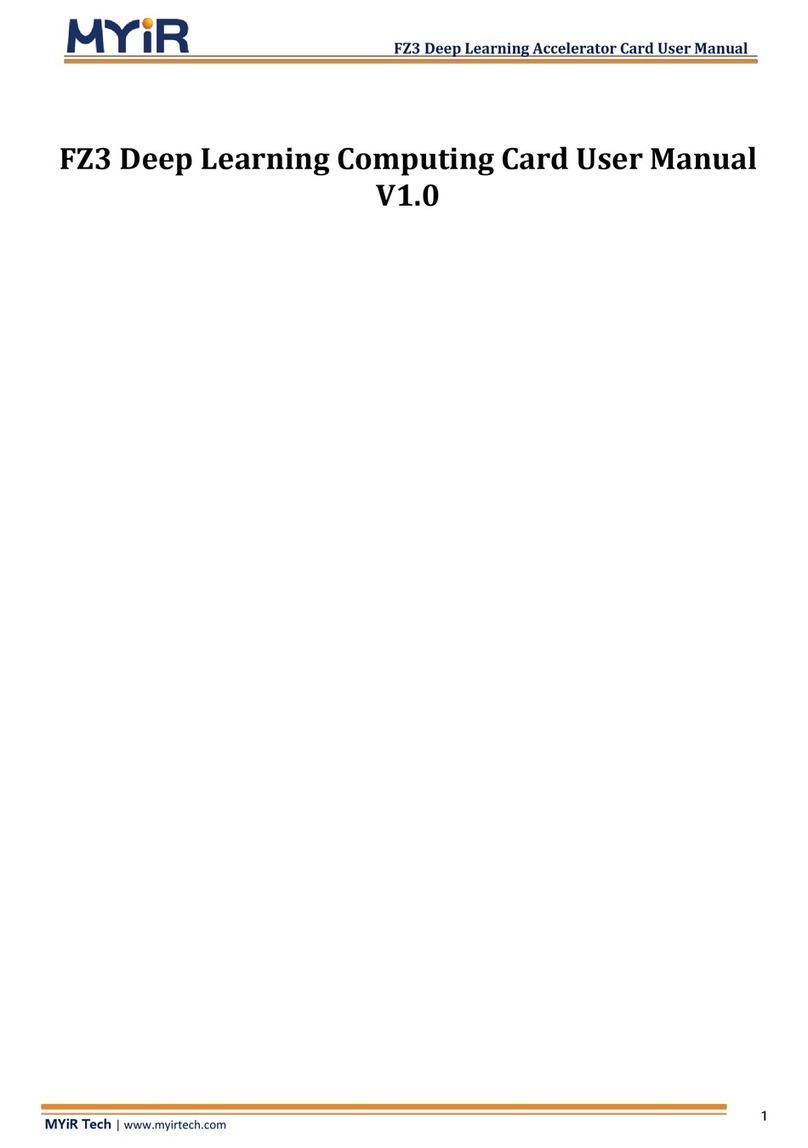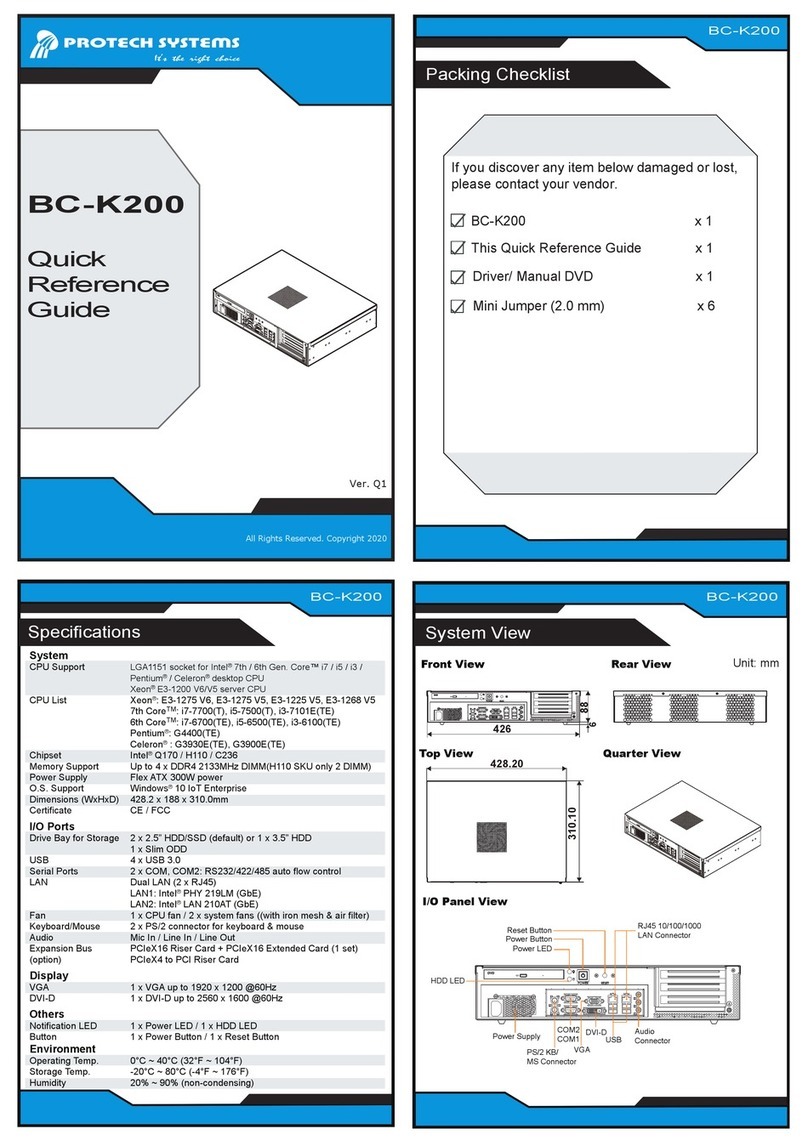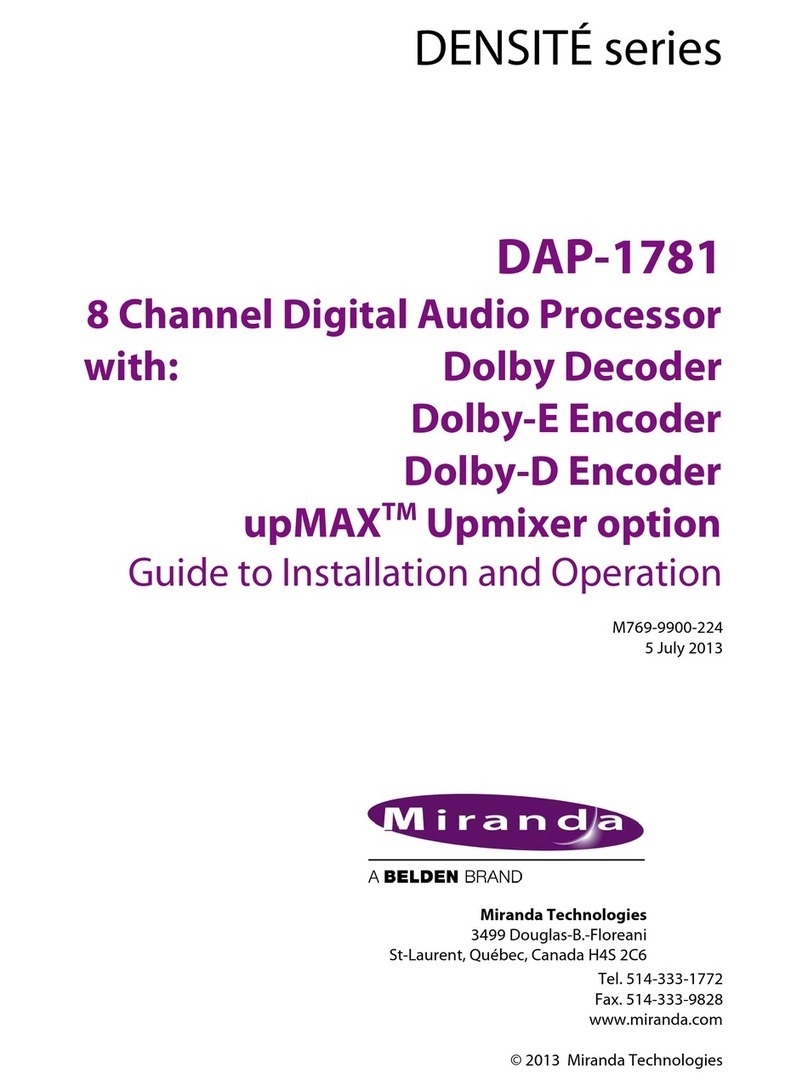ST STMPE811 Specification sheet
Other ST Computer Hardware manuals
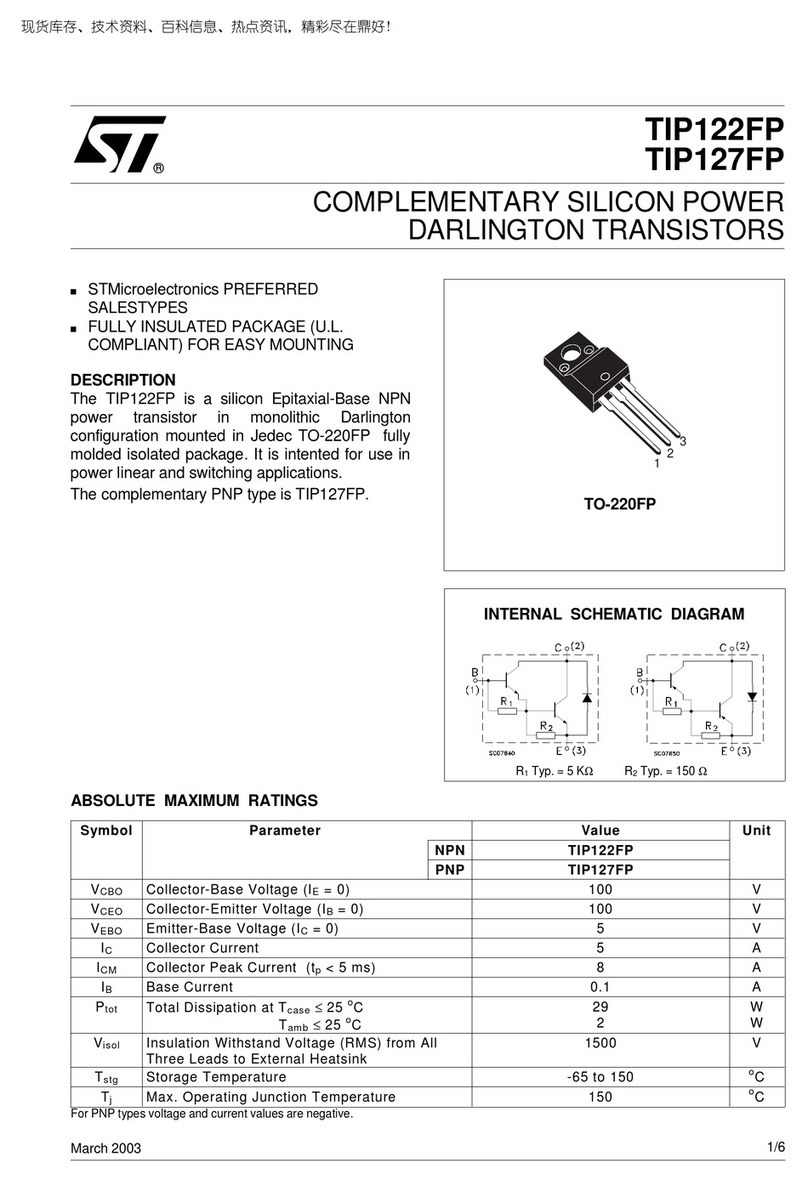
ST
ST TIP122FP User manual
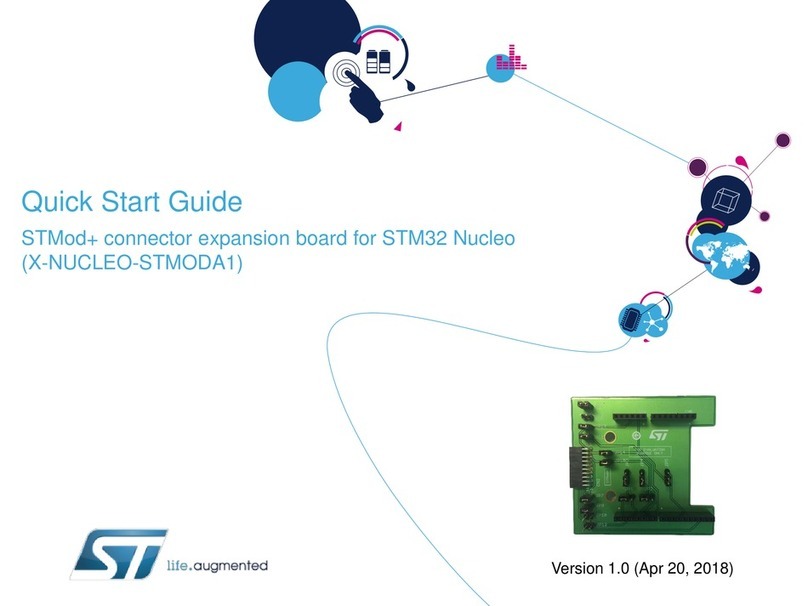
ST
ST X-NUCLEO-STMODA1 User manual
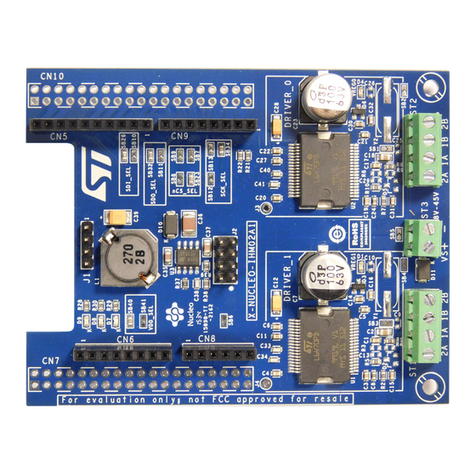
ST
ST X-NUCLEO-IHM02A1 User manual
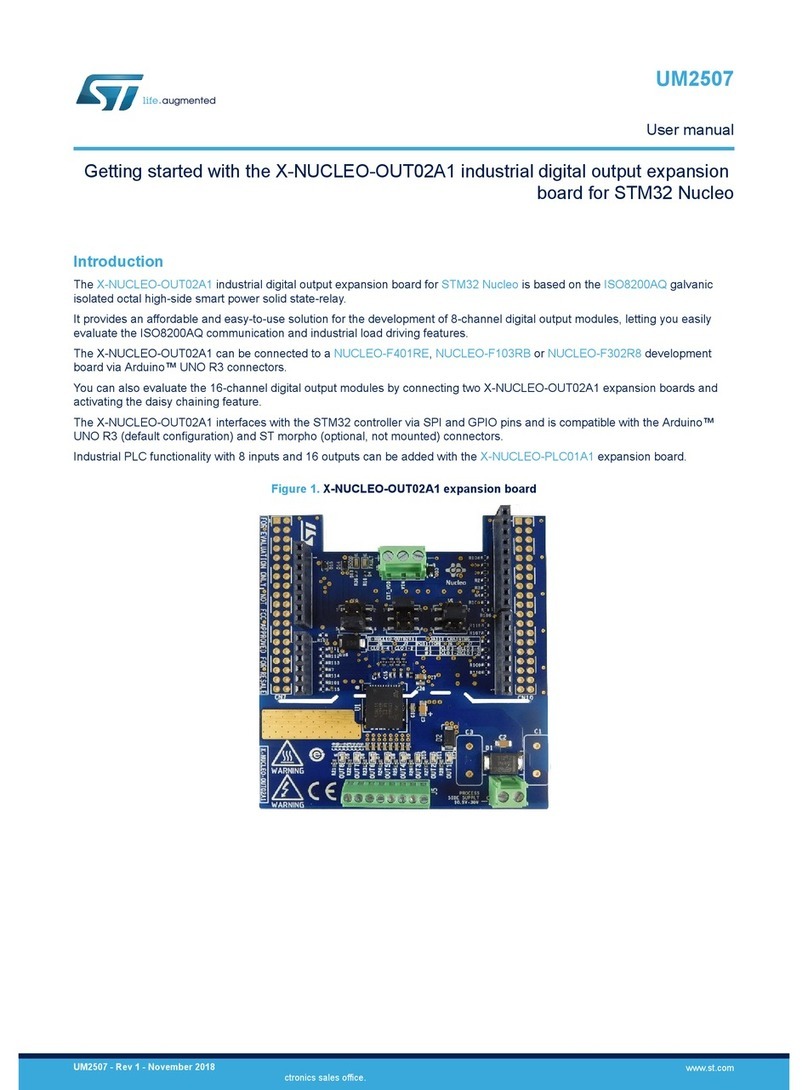
ST
ST X-NUCLEO-OUT02A1 User manual
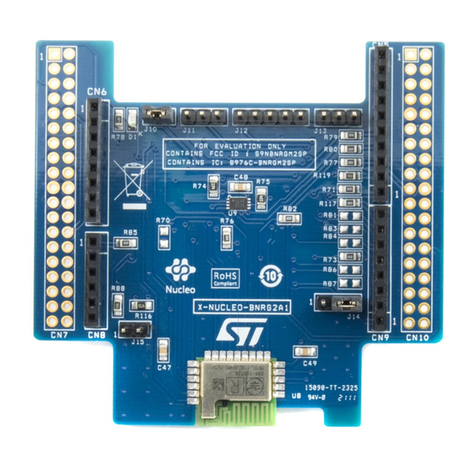
ST
ST X-NUCLEO-IDB05A2 User manual
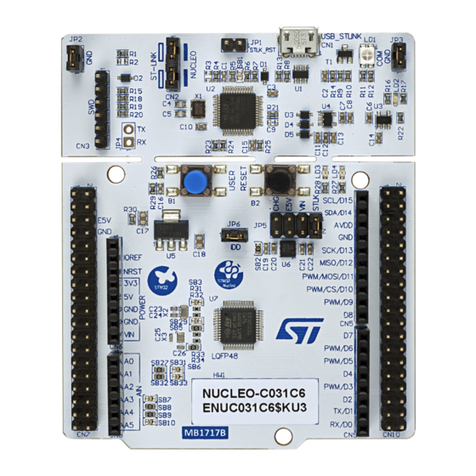
ST
ST STM32 Nucleo User manual

ST
ST STM32 Nucleo User manual
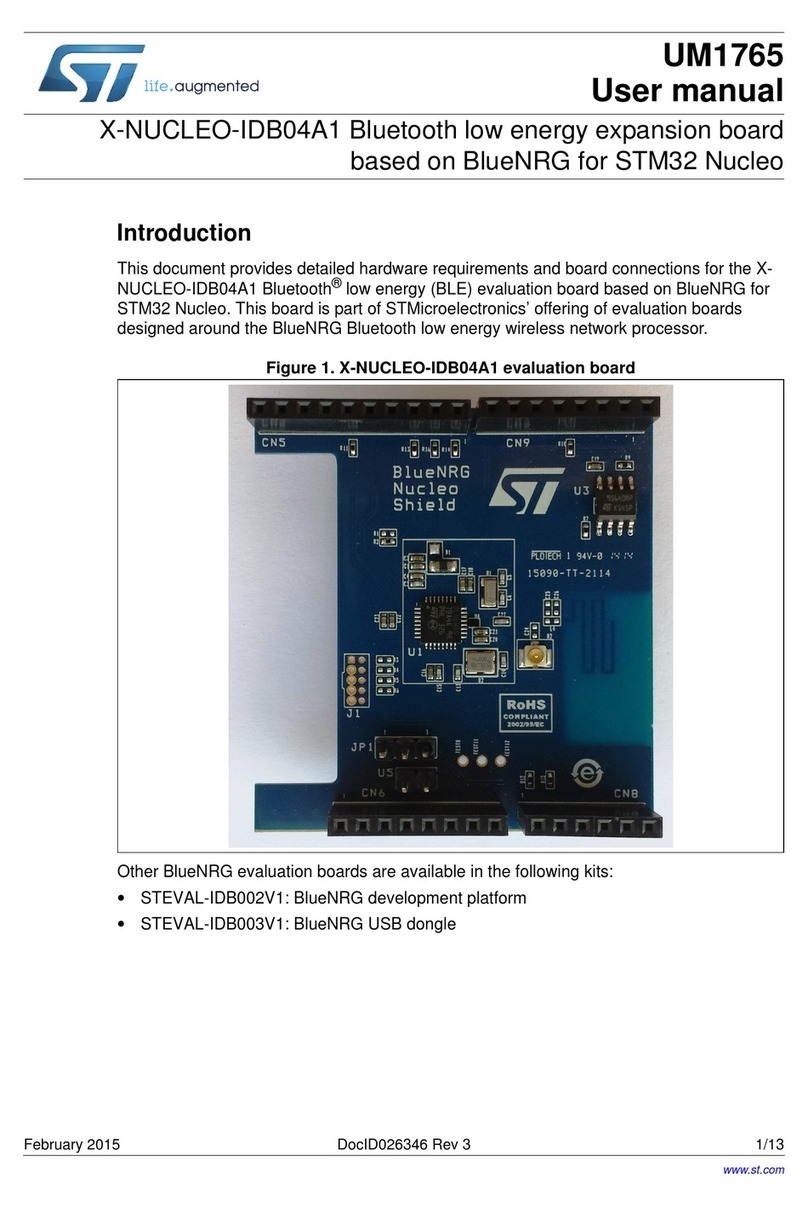
ST
ST X-NUCLEO-IDB04A1 User manual
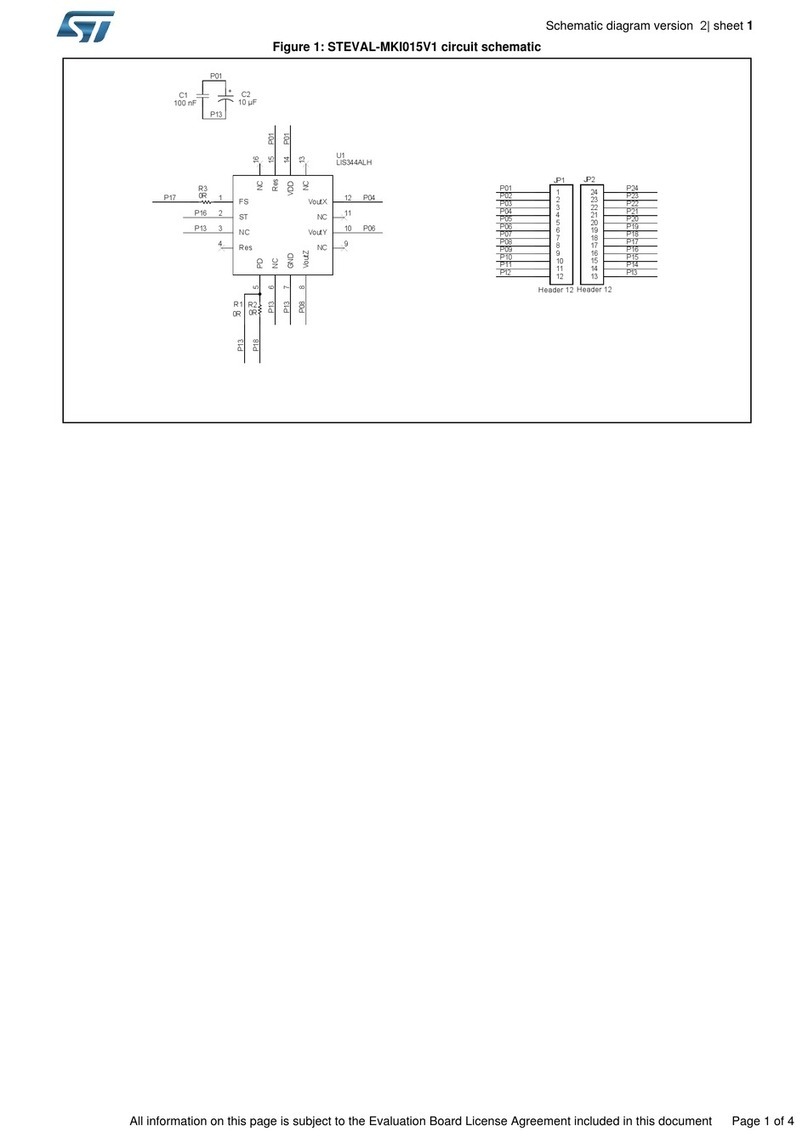
ST
ST STEVAL-MKI015V1 Quick start guide
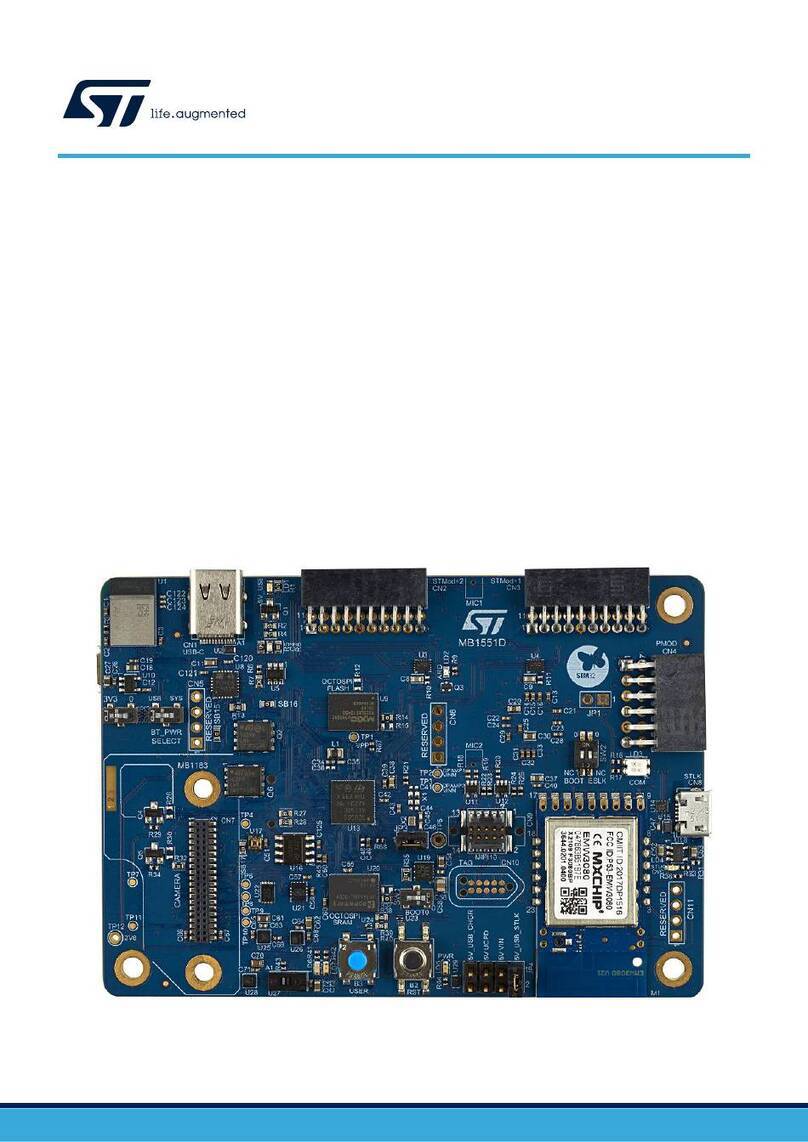
ST
ST B-U585I-IOT02A User manual
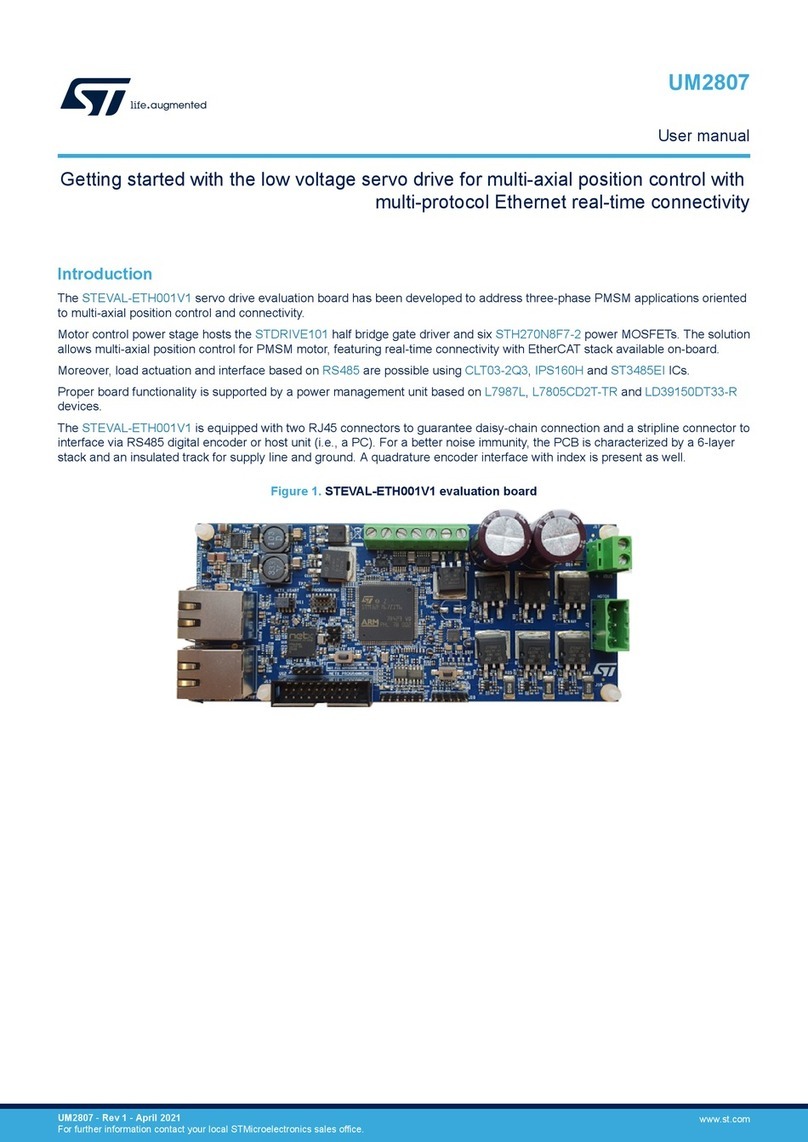
ST
ST STEVAL-ETH001V1 User manual

ST
ST STSW-ST25DV002 User manual
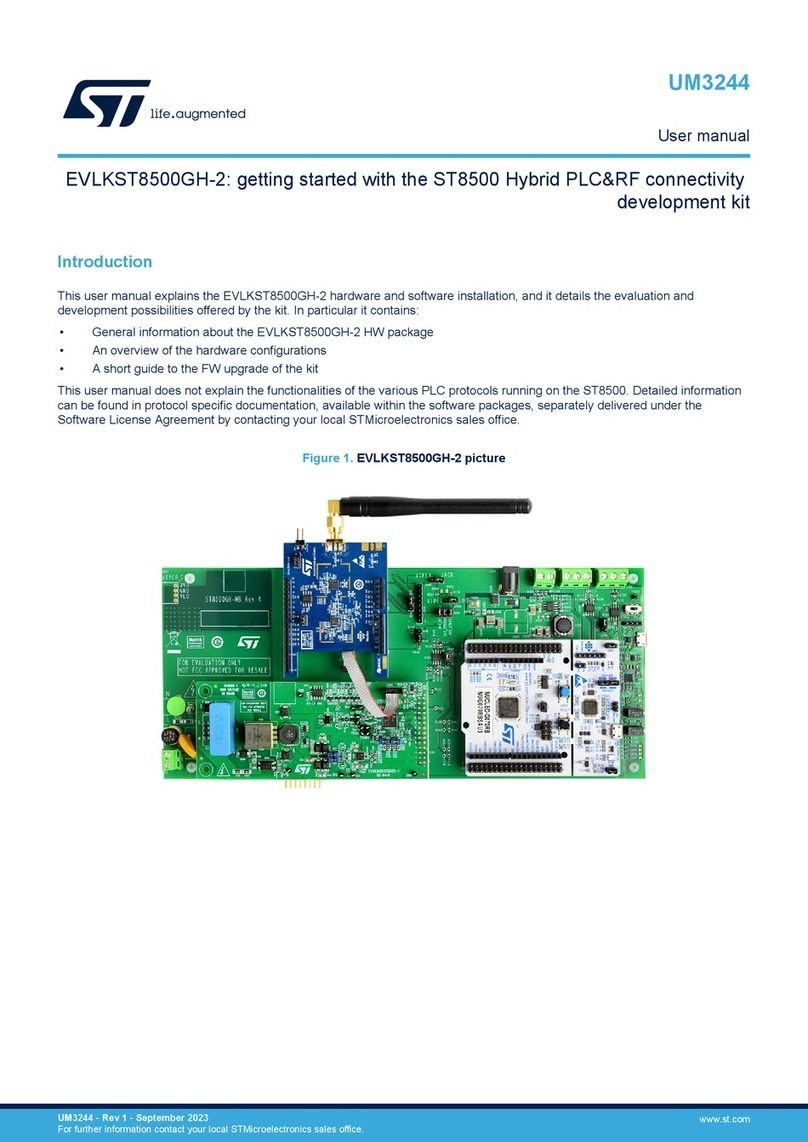
ST
ST EVLKST8500GH-2 User manual
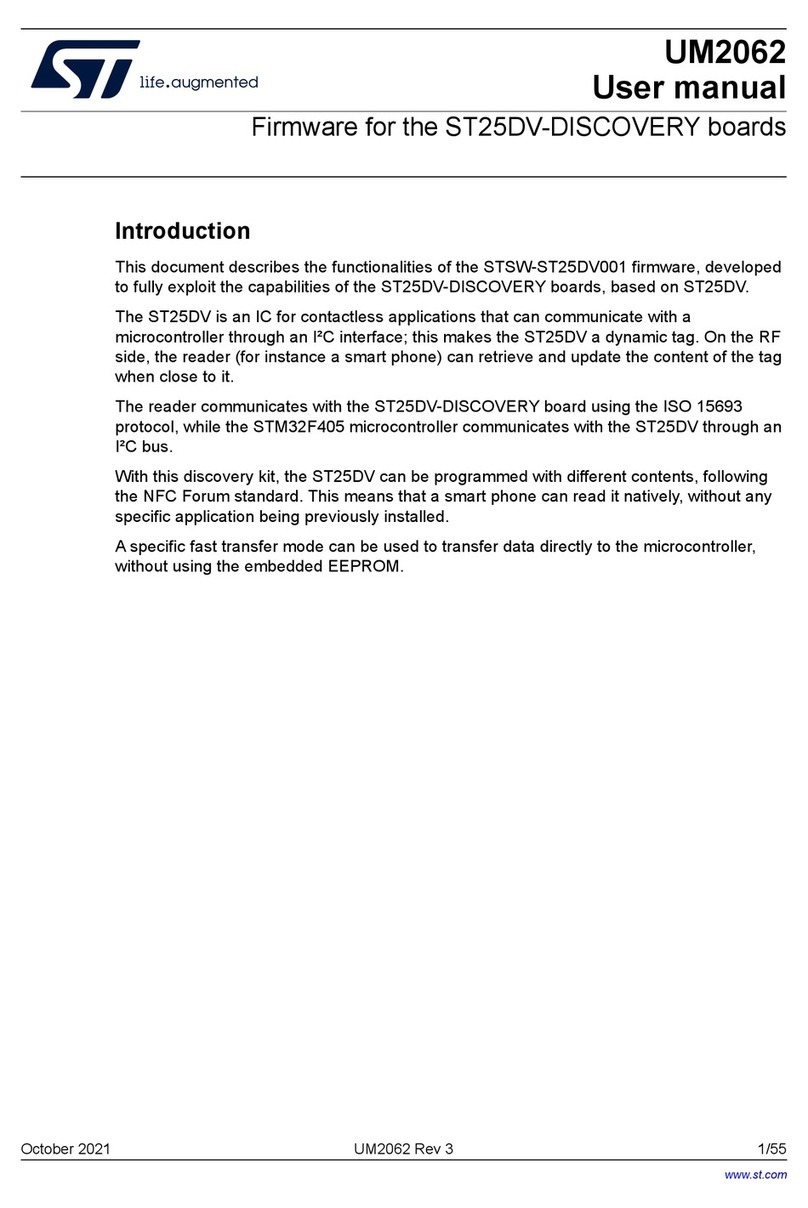
ST
ST ST25DV-DISCOVERY User manual
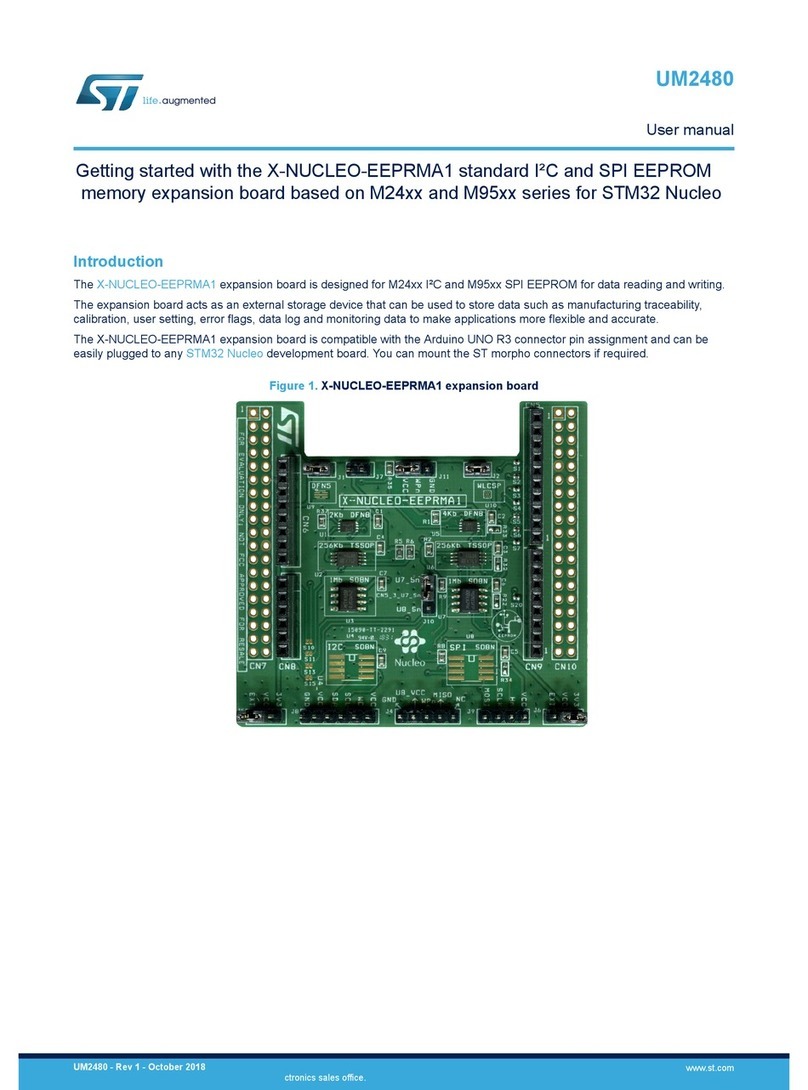
ST
ST X-NUCLEO-EEPRMA1 User manual
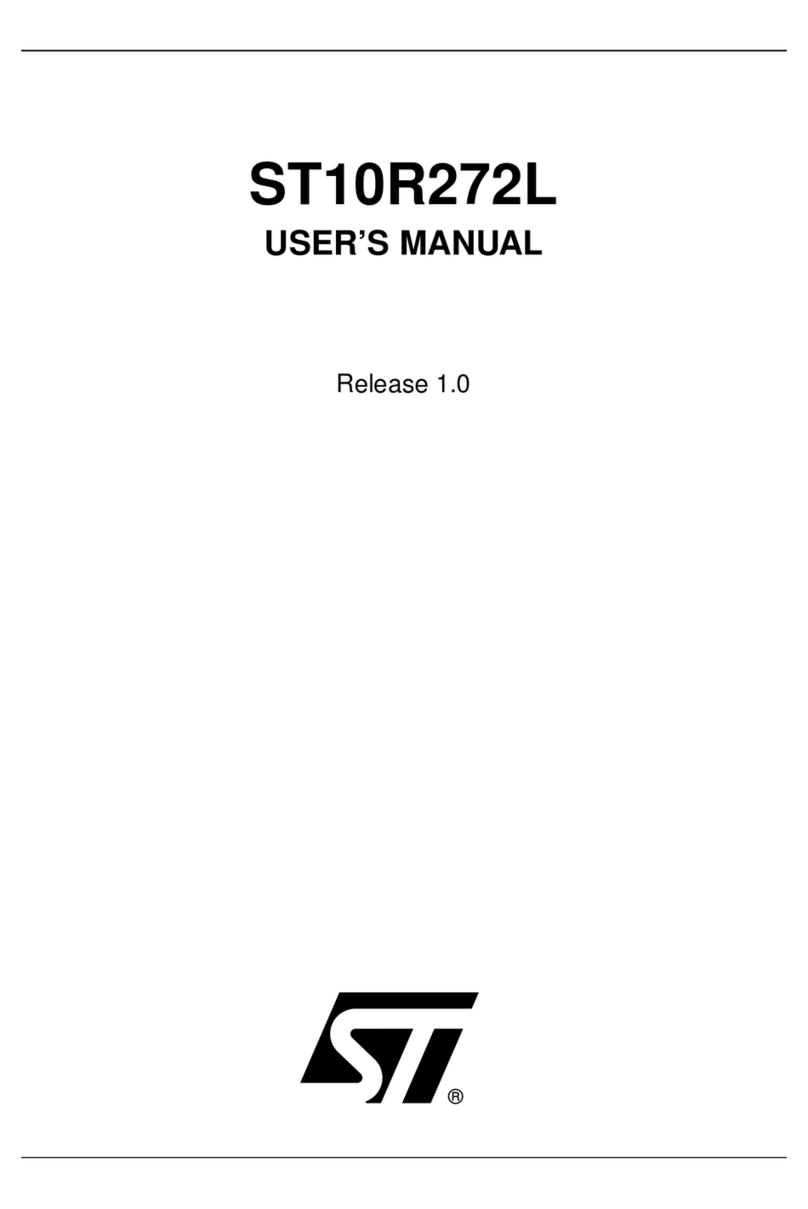
ST
ST ST10R272L User manual
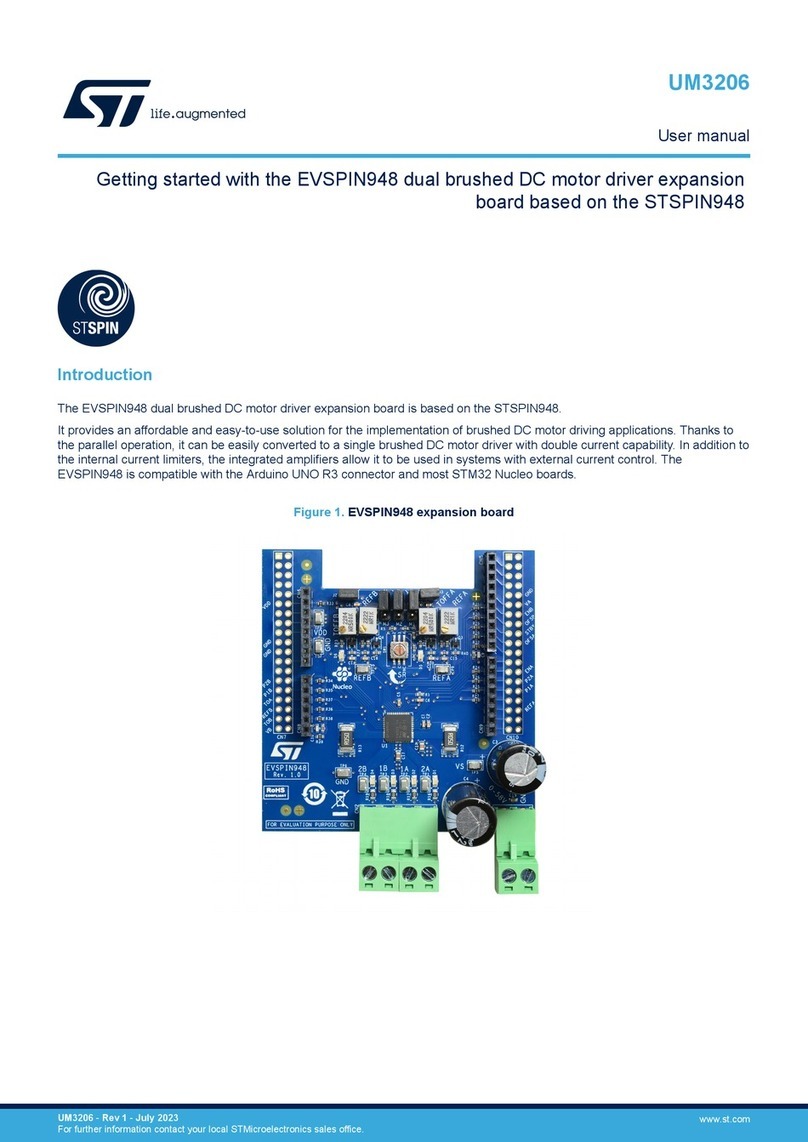
ST
ST EVSPIN948 User manual
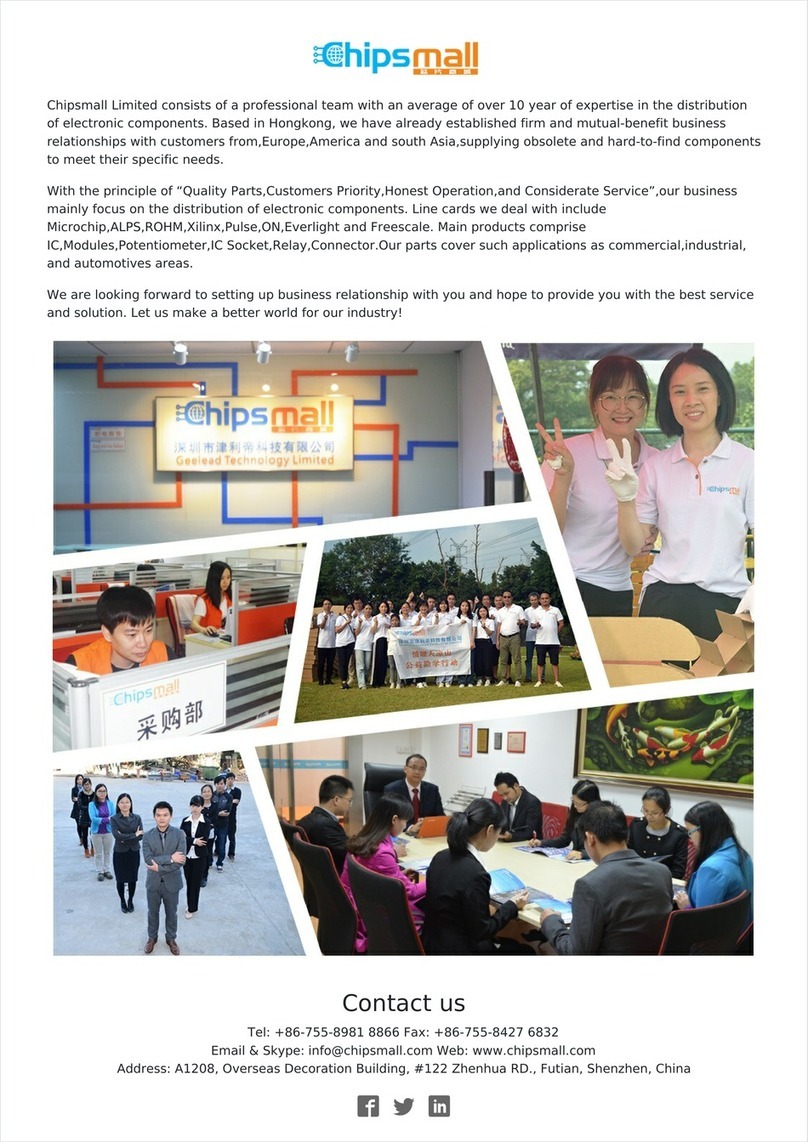
ST
ST X-NUCLEO-IKA01A1 User manual
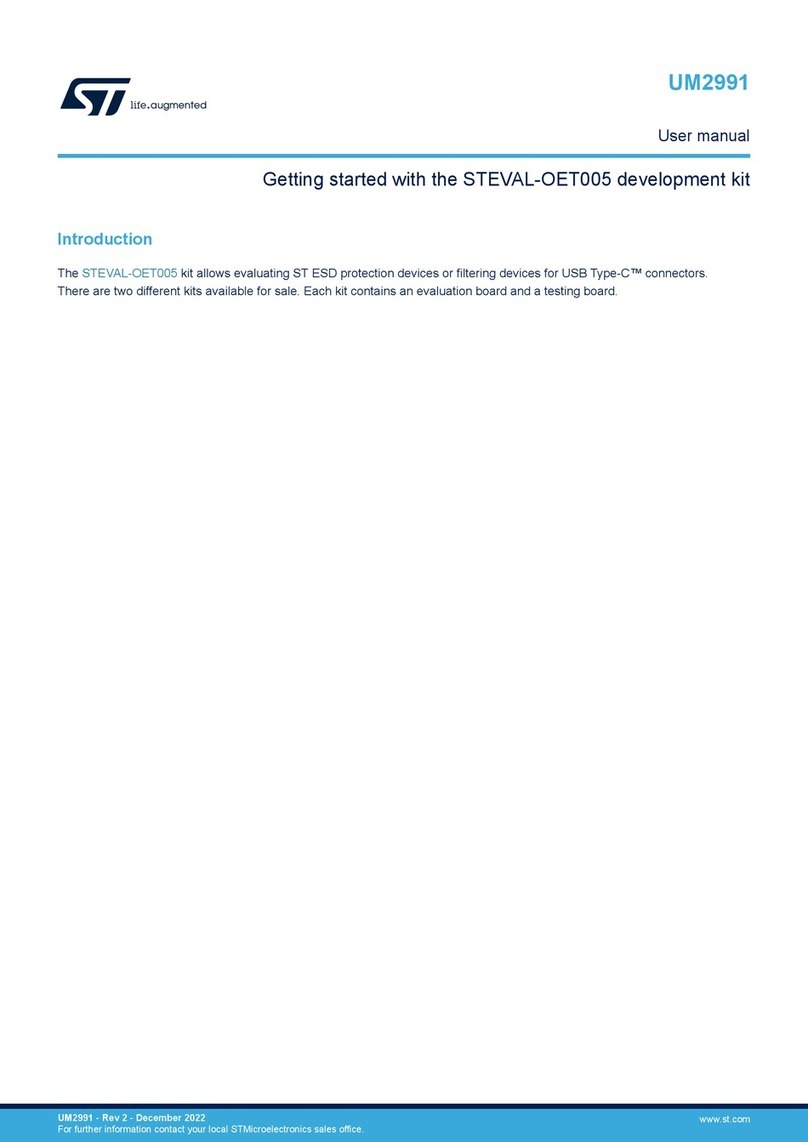
ST
ST STEVAL-OET005 User manual
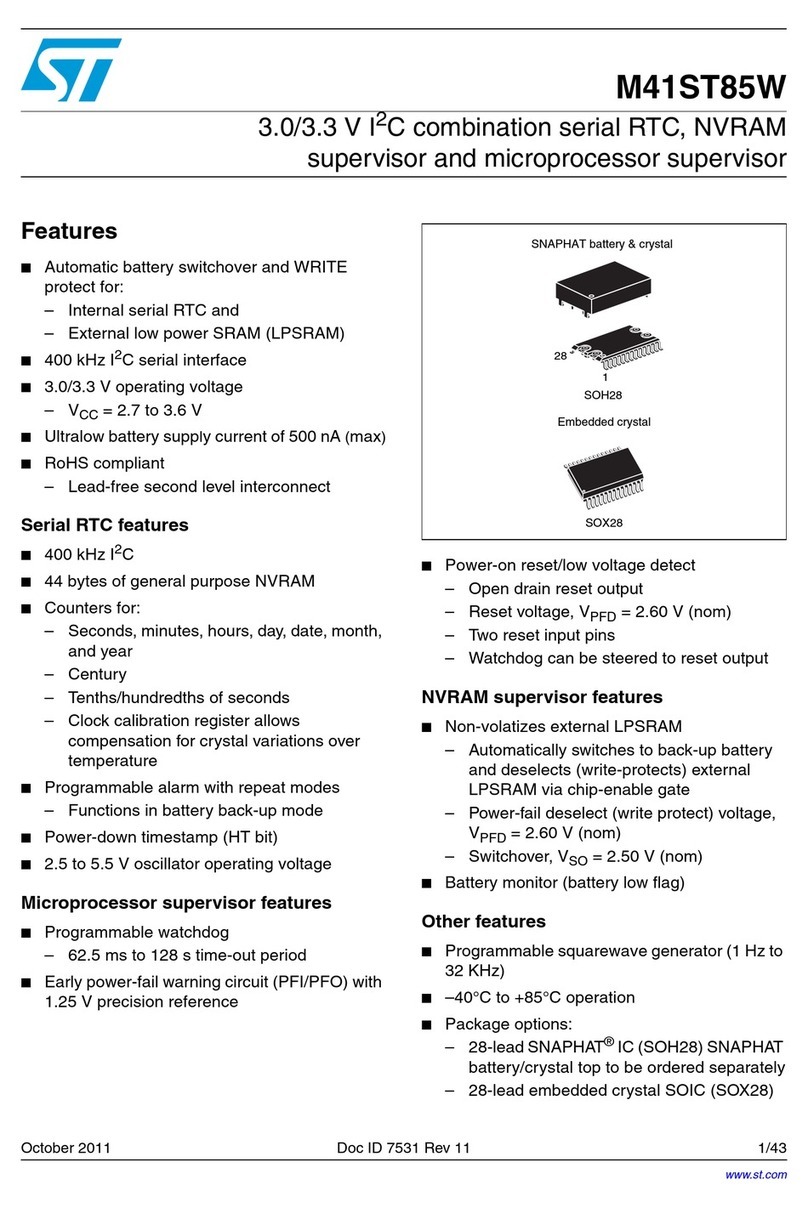
ST
ST M41ST85W User manual
Popular Computer Hardware manuals by other brands
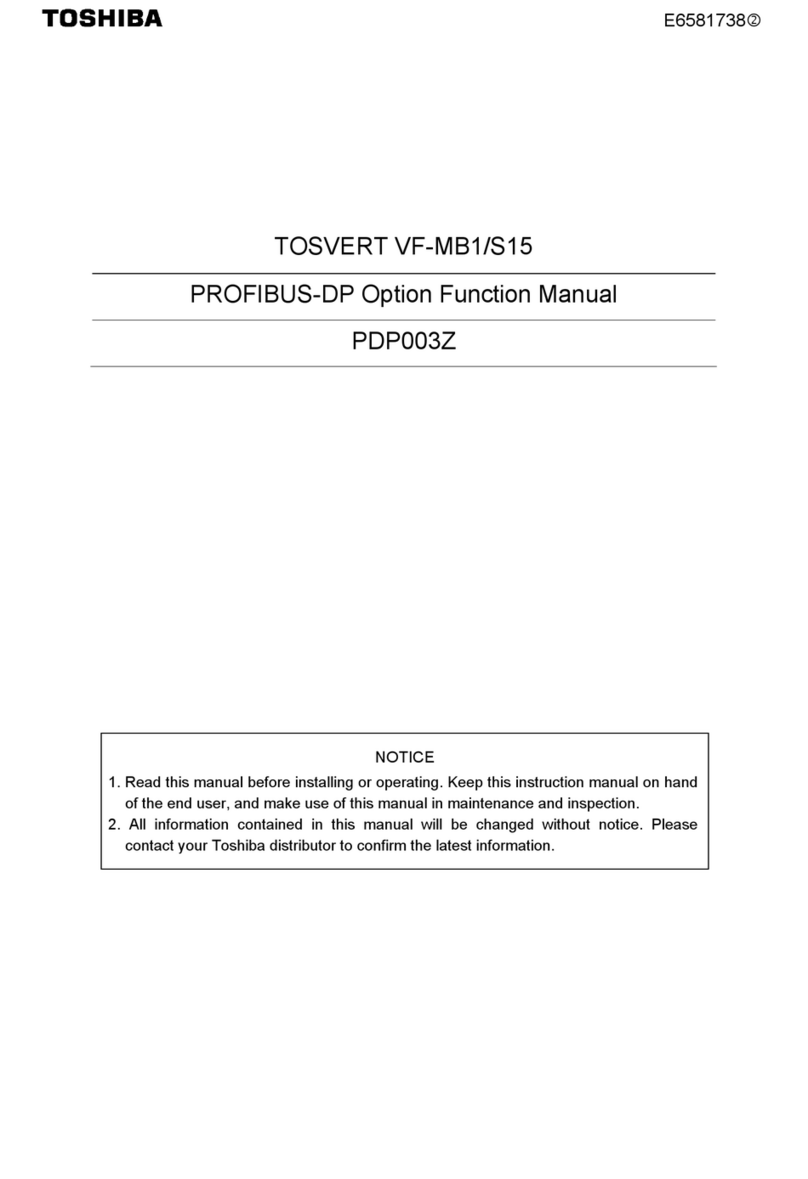
Toshiba
Toshiba TOSVERT VF-MB1/S15 IPE002Z Function manual
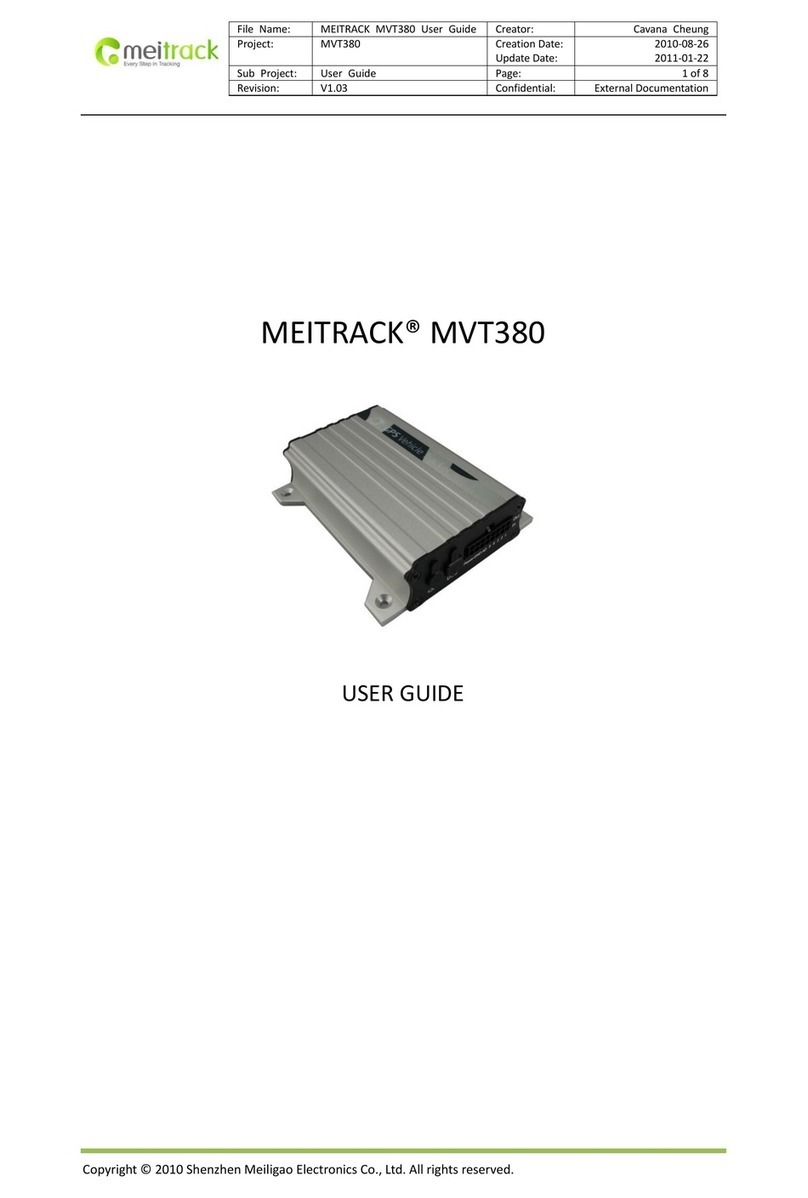
Shenzhen
Shenzhen MEITRACK MVT380 user guide
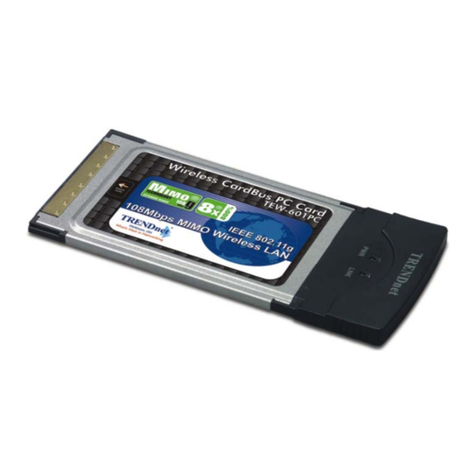
TRENDnet
TRENDnet TEW-601PC - SUPER G MIMO WRLS PC CARD user guide

StarTech.com
StarTech.com CF2IDE18 instruction manual
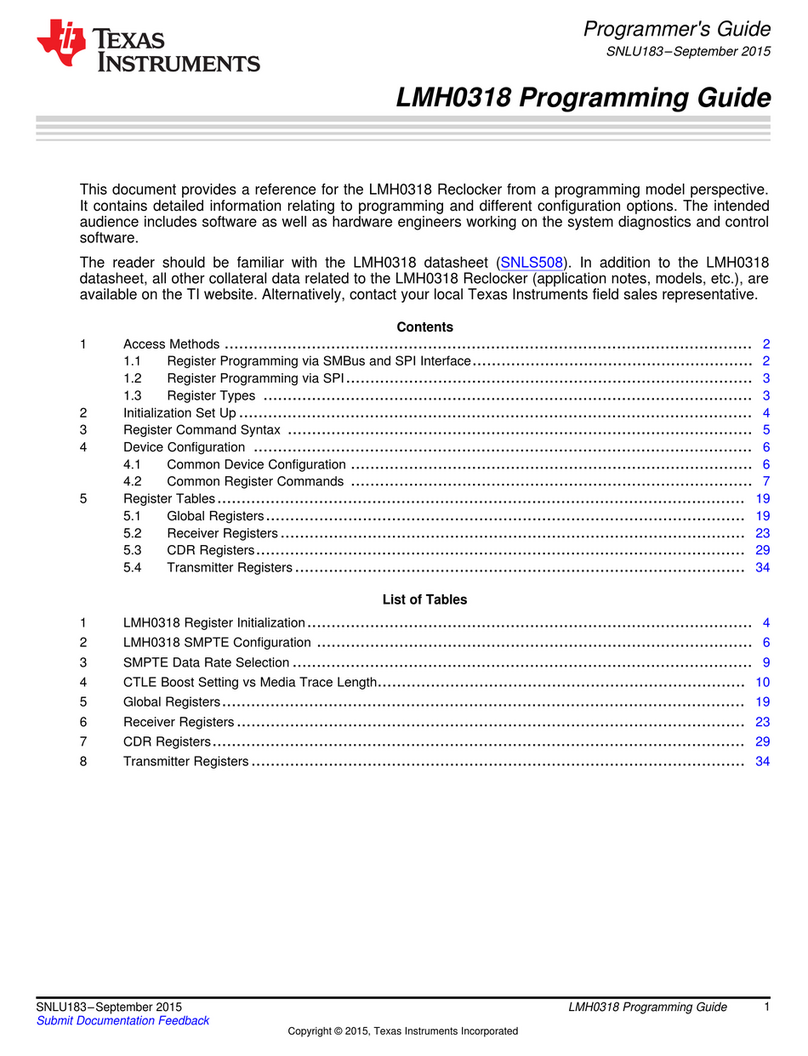
Texas Instruments
Texas Instruments LMH0318 Programmer's guide
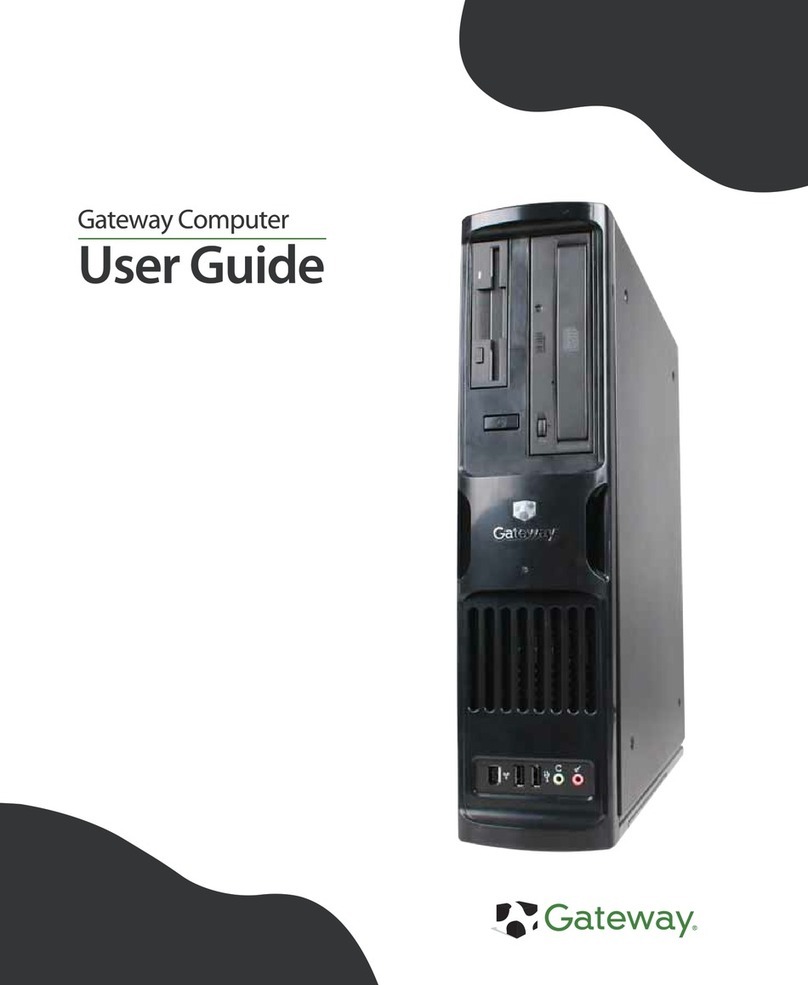
Gateway
Gateway 8510946 user guide
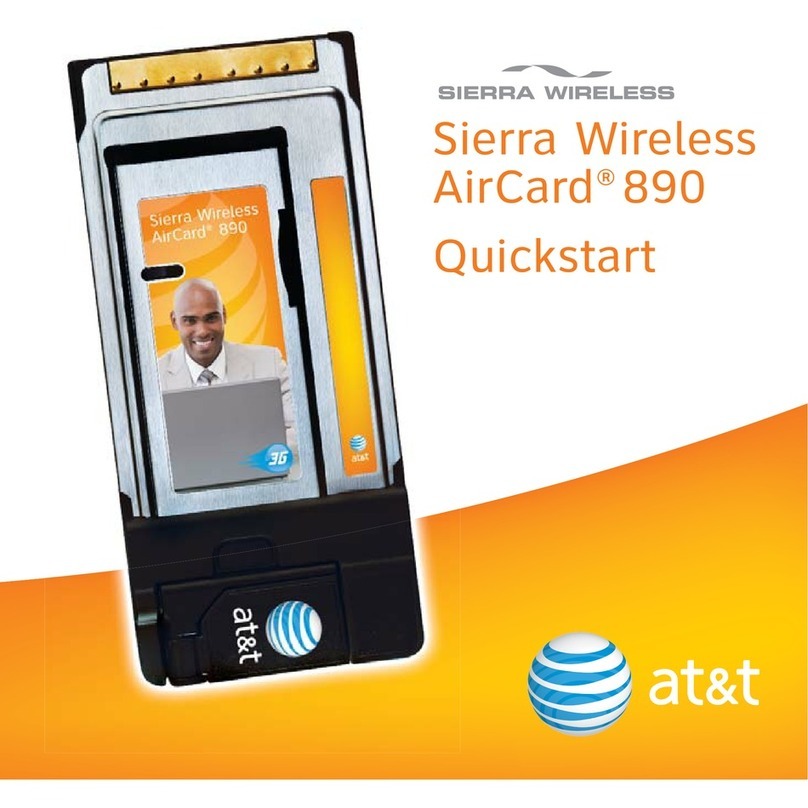
Sierra Wireless
Sierra Wireless Sierra Wireless AirCard 890 quick start guide

Leadtek
Leadtek Killer Xeno Pro Quick installation guide

Star Cooperation
Star Cooperation FlexTiny 3 Series Instructions for use
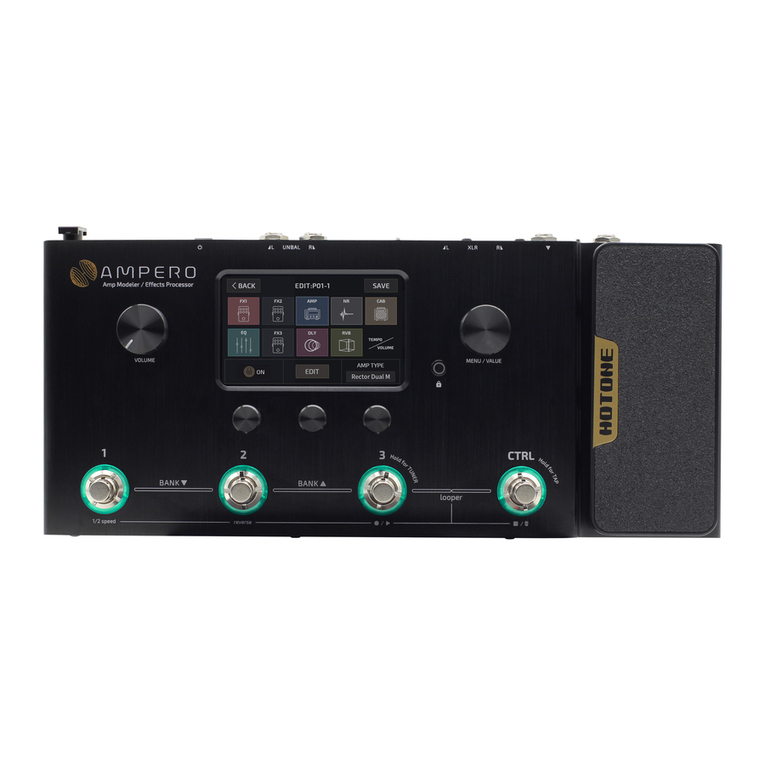
Hotone
Hotone Ampero user manual
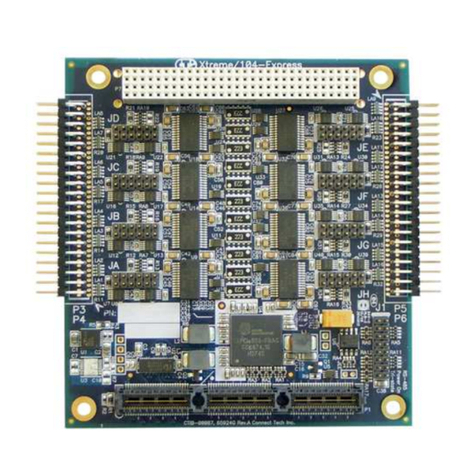
Connect Tech
Connect Tech Xtreme/104-Express user manual

Yealink
Yealink WF50 user guide
